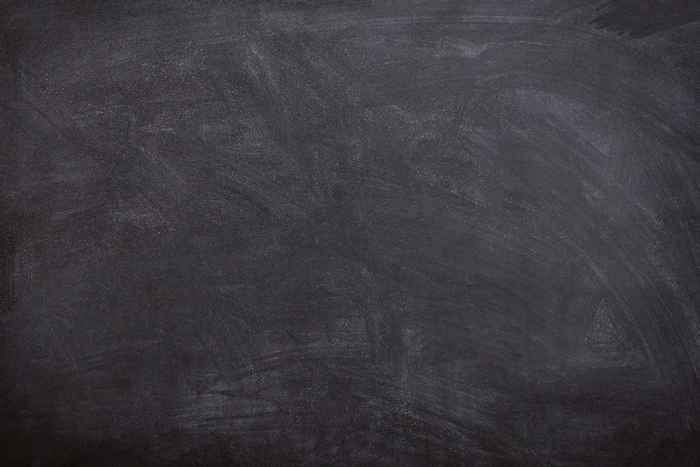Spring 2017 A three-fold way to condensed matter physics
Advanced Topics in Theoretical Physics
- Start date
- 13 February 2017
- End date
- 1 May 2017
- Time
- 11:00
This is an advanced master level course, also suitable for PhD students and postdocs. This Spring semester course will be divided into three 5-weeks modules. For each module there are four lectures (3 hrs) and four exercise sessions (3 hrs). At the end of each modules there is an exam.
PhD students are not obliged to do the exams, which are meant for Master students who intend to use this course as part of their Master Program.
Please note that to get the full 6EC credit, students must take the exam for each of the three modules. The final grade is the average of the three exams
Course summary
| Module 1: Random Matrix Theory - Carlo Beenakker (UL) Module 2: Tensor Networks - Philippe Corboz (UvA) Module 3: Pseudo-QED: The electromagnetic interaction among charged particles on a plane - Eduardo Marino (UU/Rio de Janeiro) |
Lectures will take place on Mondays at 11:15 - 13:00, followed by a study/exercise session 13:45 - end. The location of this semester's course will be the University of Leiden.
Module 1: Random Matrix Theory - Carlo Beenakker (UL)
Lectures: Feb 13, 20, Mar 6, 13
Room: HL214
EXAM: Mar 20
This course will give an overview of applications of concepts from random matrix theory (RMT) to quantum electronics and classical & quantum optics. The emphasis is on phenomena, predicted or explained by RMT, that have actually been observed in experiments on quantum wires, quantum dots, disordered wave guides, and chaotic resonators. Topics considered include universal conductance fluctuations, weak localization and coherent backscattering, sub-Poissonian shot noise and open transmission channels, non-Gaussian conductance and thermopower distributions, mesoscopic superconductivity, grey-body radiation, and chaotic laser cavities. We conclude with an introduction to the "ten-fold way" characterization of topological states of matter.
Further reading: arXiv:0904.1432
Slides: www.iLorentz.org/RMT
Module 2: Tensor Networks - Philippe Corboz (UvA)
Lectures: Mar 27, Apr 3, 10, 24
Room HL214
EXAM: May 1
Tensor networks are among the most powerful tools to study quantum many-body systems. One can even see them as a new language to think and talk about many-body physics. They have been developed by combining ideas from quantum information theory and condensed matter physics, where the notion of entanglement plays a central role. The main idea is to efficiently represent many-body states (or operators) by a trace over a product of tensors, with an accuracy that can be systematically controlled by the size of the tensors. A well-known example are matrix product states (MPS) - an efficient ansatz for ground states in one dimension - which has become the state-of-the-art approach to study low-dimensional systems. Progress in understanding the structure of entanglement in many-body systems has led to the generalization of this idea to higher dimensions (PEPS) and critical systems (MERA), offering a very promising route to solve challenging open problems for which previous approaches failed. This module provides a practical introduction to this fast-developing field, with topics covering the diagrammatic notation, the area law of the entanglement entropy, discussion of different tensor network ansaetze and algorithms, and more.
For further information, see: https://staff.fnwi.uva.nl/p.r.corboz/ditp/courseinfo.pdf
Module 3: Pseudo-QED: The electromagnetic interaction among charged particles on a plane - Eduardo Marino (UU/Rio de Janeiro)
Lectures: May 8, 15, 22, 29
Room: HL214
EXAM: Jun 12
Charged particles confined to a plane, such as electrons in 2d materials, usually interact through an EM field that is not confined in 2d, hence QED in 2+1d is not appropriate for describing their EM interaction. By integrating out the perpendicular EM degrees of freedom, one can derive an effective theory in 2+1d, namely Pseudo QED (PQED), which is the proper theory for the EM field in this situation. One can show that PQED is causal, unitary and respects the Huygens principle. Several applications to planar Dirac materials, such as graphene and transition metal dichalcogenides lead to the prediction of a quantum valley Hall effect, corrections to the dc-conductivity, an emergent quantum Hall effect and the excitonic spectrum, among other effects.
Bibliography:
E. C. Marino, Nuclear Physics B 408 (3), 551-564 (1993)
R. L. P. G. do Amaral and E. C. Marino, Journal of Physics A: Mathematical and General 25 (19), 5183 (1992)
E. C. Marino, L. O. Nascimento, V. S. Alves and C. M. Smith, Physical Review D 90 (10), 105003 (2014)
E. C. Marino, L. O. Nascimento, V. S. Alves and C. M. Smith, Physical Review X 5 (1), 011040 (2015)
